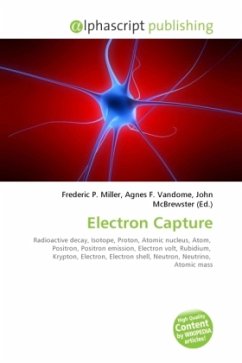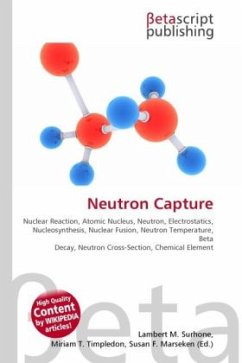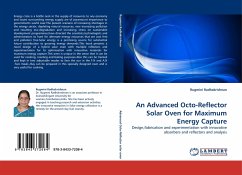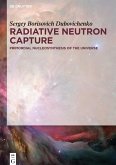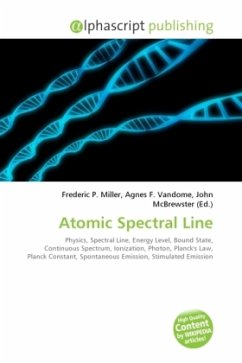Electron capture (sometimes called inverse beta decay) is a decay mode for isotopes that will occur when there are too many protons in the nucleus of an atom and insufficient energy to emit a positron; however, it continues to be a viable decay mode for radioactive isotopes that can decay by positron emission. If the energy difference between the parent atom and the daughter atom is less than 1.022 MeV, positron emission is forbidden and electron capture is the sole decay mode. For example, Rubidium-83 will decay to Krypton-83 solely by electron capture (the energy difference is about 0.9 MeV). In this case, one of the orbital electrons, usually from the K or L electron shell (K-electron capture, also K-capture, or L-electron capture, L-capture), is captured by a proton in the nucleus, forming a neutron and a neutrino
Bitte wählen Sie Ihr Anliegen aus.
Rechnungen
Retourenschein anfordern
Bestellstatus
Storno

